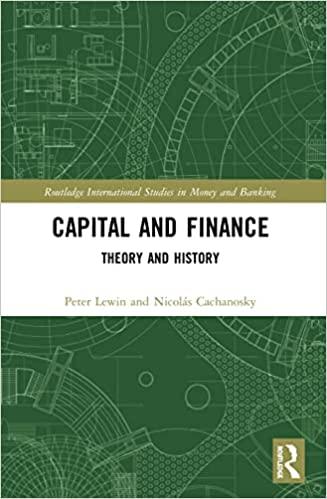Question
Suppose Brian wants to earn a return of 15.75 percent and is offered the opportunity to purchase a $1,000 par value bond that pays a
Suppose Brian wants to earn a return of 15.75 percent and is offered the opportunity to purchase a $1,000 par value bond that pays a 13.50 percent coupon rate (distributed semiannually) and has three years remaining to maturity. Use the following table to fill in values for the bonds coupon payment and present value, and Brians semiannual required rate of return for this investment. Variable Name Variable Value Coupon Payment Semiannual Required Rate of Return Present Value Now, suppose Brian wants to earn a return of 11.25 percent, but the bond being considered for purchase offers a coupon rate of 13.50 percent. It is a $1,000 par value bond that pays a 13.50 percent coupon rate (distributed semiannually) and has three years remaining to maturity. The bonds present value is , which is its par value, which means that the bond is . Given your calculations and conclusions, which of the following statements are true? Check all that apply. When the coupon rate is less than Brians required rate of return, the bond should trade at a discount. When the coupon rate is greater than Brians required rate of return, the bond should trade at a premium. When the coupon rate is equal to Brians required rate of return, the bond should trade at a premium. When the coupon rate is greater than Brians required rate of return, the bond should trade at a discount.
Step by Step Solution
There are 3 Steps involved in it
Step: 1

Get Instant Access to Expert-Tailored Solutions
See step-by-step solutions with expert insights and AI powered tools for academic success
Step: 2

Step: 3

Ace Your Homework with AI
Get the answers you need in no time with our AI-driven, step-by-step assistance
Get Started


